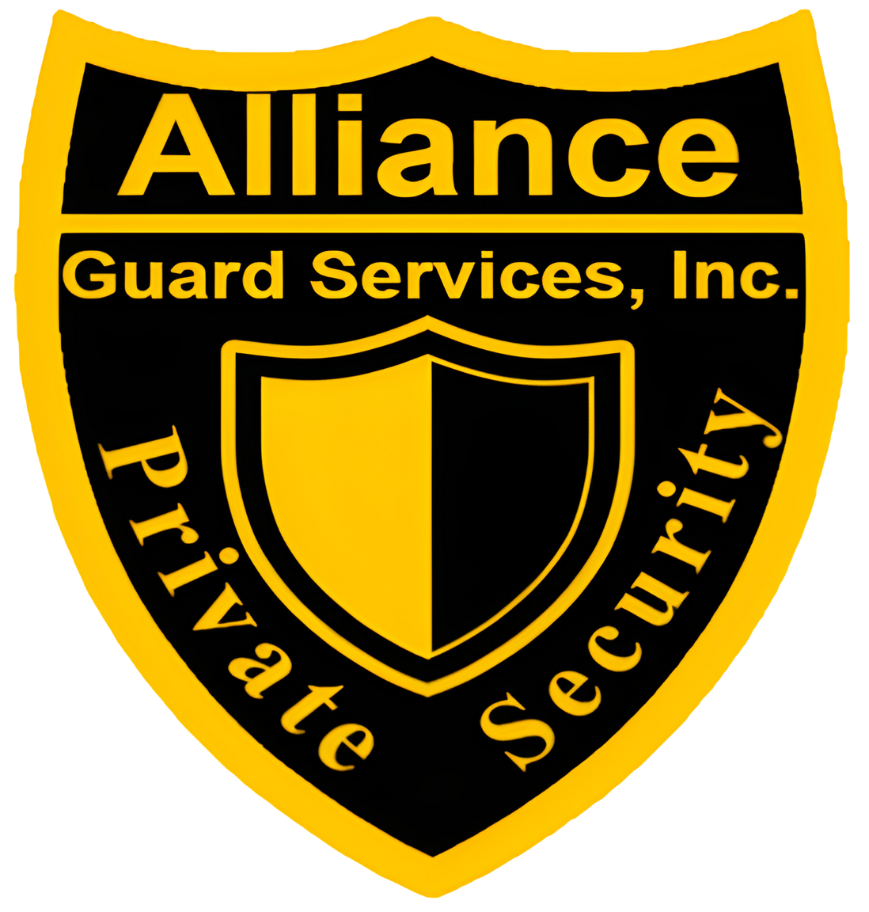How to Improve School Security?
Ensuring the safety and security of students and staff is paramount for educational institutions. With the rise in school-related incidents, it’s essential for schools to implement robust security measures to protect their communities. From enhancing physical security to fostering a culture of safety, there are various strategies that schools can employ to improve their security posture.
Assessment of Current Security Measures
Before implementing any changes, schools should conduct a comprehensive assessment of their current security measures. This involves evaluating existing protocols, identifying vulnerabilities, and determining areas for improvement.
Enhancing Physical Security
One of the first steps in improving school security is enhancing physical security measures. This may include upgrading entry and exit points with reinforced doors and locks, installing surveillance cameras and alarm systems, and implementing perimeter fencing to deter unauthorized access.
Implementing Access Control Systems
Access control systems play a crucial role in restricting access to school premises and ensuring that only authorized individuals can enter. Schools can use ID badges, key card systems, and visitor management software to monitor and control access to their facilities.
Training Staff and Students
Proper training is essential for ensuring that staff and students know how to respond effectively to security threats. Schools should conduct regular security drills and training sessions to familiarize everyone with safety protocols and emergency procedures.
Fostering Community Engagement
Schools can strengthen their security efforts by involving parents, community members, and local law enforcement agencies in their security initiatives. Building strong partnerships and communication channels can help schools address security concerns more effectively.
Utilizing Technology for Security
Technology plays a crucial role in modern school security. Schools can leverage digital communication systems to send alerts and notifications in case of emergencies. Additionally, the use of AI and machine learning can enhance threat detection capabilities and improve overall security posture.
Addressing Mental Health and Well-being
In addition to physical security measures, schools must also address the mental health and well-being of their students. Providing counseling and support services can help identify and address potential issues before they escalate into security threats.
Ensuring Regulatory Compliance
Schools must comply with state and federal safety regulations to ensure the effectiveness of their security measures. Regular security audits and assessments can help schools identify areas of non-compliance and take corrective actions.
Budgeting and Resource Allocation
Improving school security requires adequate funding and resource allocation. Schools should prioritize security in their budgets and seek grants and funding opportunities to support their security initiatives.
Measuring Success and Continuous Improvement
Once security measures are in place, schools should establish metrics to measure their effectiveness and track progress over time. Soliciting feedback from students, staff, and community members can help identify areas for improvement and ensure continuous enhancement of school security.
Challenges and Solutions
Despite best efforts, schools may encounter challenges in improving security, such as budget constraints and resistance to change. However, by implementing proactive solutions and seeking support from stakeholders, schools can overcome these obstacles and enhance their security posture.
Case Studies and Success Stories
Real-world examples of successful school campus security initiatives can provide valuable insights and inspiration for other schools. By studying these case studies, schools can learn from the experiences of others and identify strategies that may be applicable to their own security efforts.
Conclusion
In conclusion, improving school campus security requires a multi-faceted approach that addresses physical security, access control, training, community engagement, and more. By implementing proactive measures and fostering a culture of safety, schools can create environments where students and staff feel safe and secure.
Common FAQs about School Security
Q1. How can schools prevent unauthorized access to their premises? Schools can prevent unauthorized access by implementing access control systems, such as key card systems and visitor management software, and by securing entry and exit points with reinforced doors and locks.
Q2. What role do parents play in school security?
Parents play a crucial role in school security by staying informed about security protocols and procedures, participating in safety drills, and volunteering to support security initiatives.
Q3. How can schools address the mental health and well-being of students?
Schools can address the mental health and well-being of students by providing access to counseling and support services, fostering a positive school environment, and promoting open communication about mental health issues.
Q4. What should schools do in case of an emergency or security threat?
In case of an emergency or security threat, schools should follow their established emergency procedures, which may include lockdowns, evacuations, and communication protocols to ensure the safety of students and staff.
Q5. How often should schools conduct security drills and training sessions?
Schools should conduct security drills and training sessions regularly to ensure that staff and students are prepared to respond effectively to security threats. The frequency of drills may vary depending on the school’s location and specific security needs.


